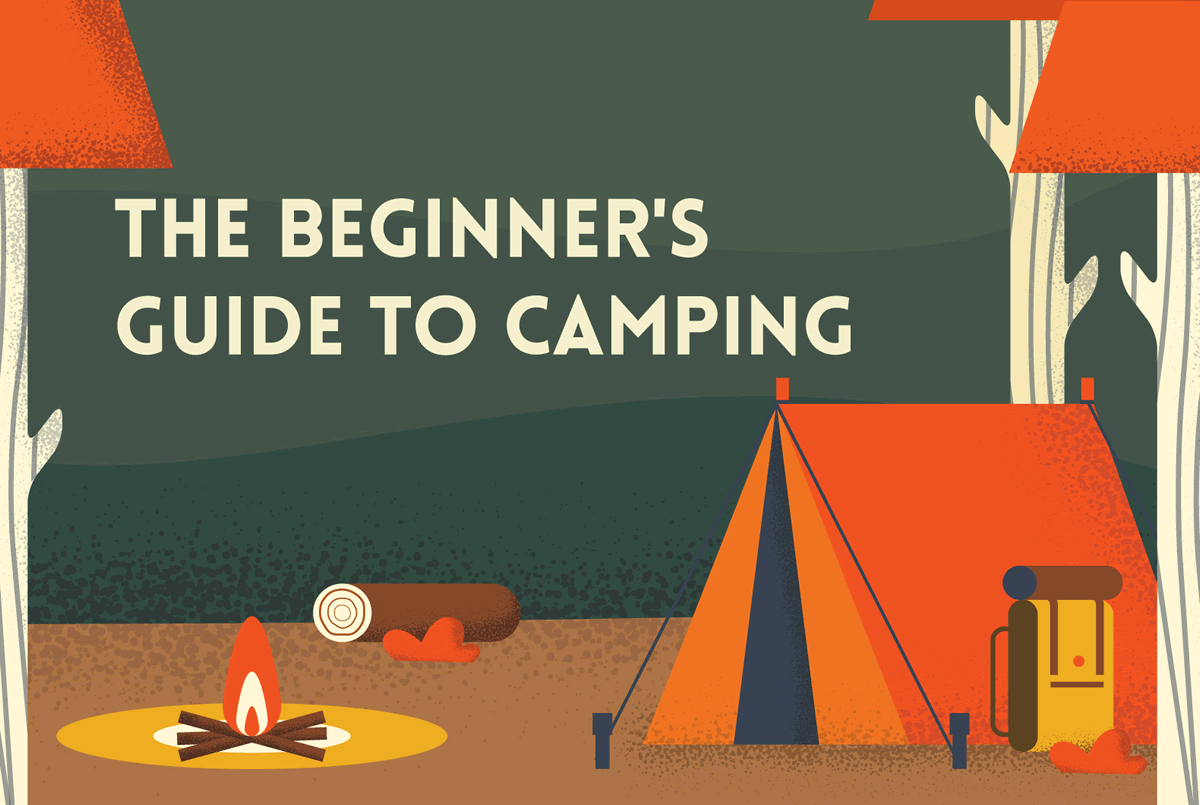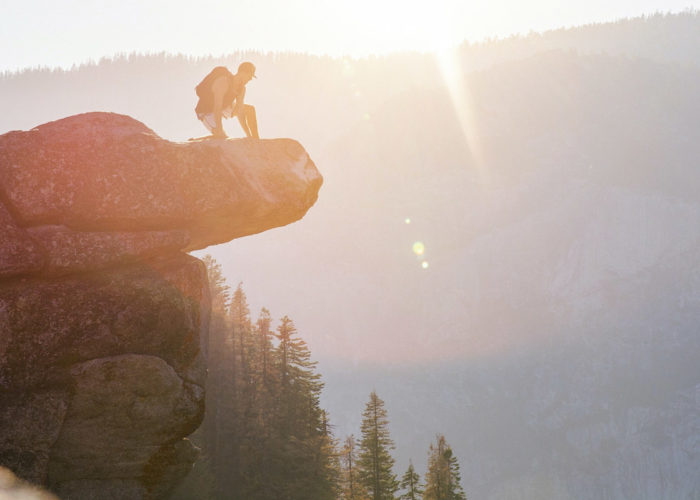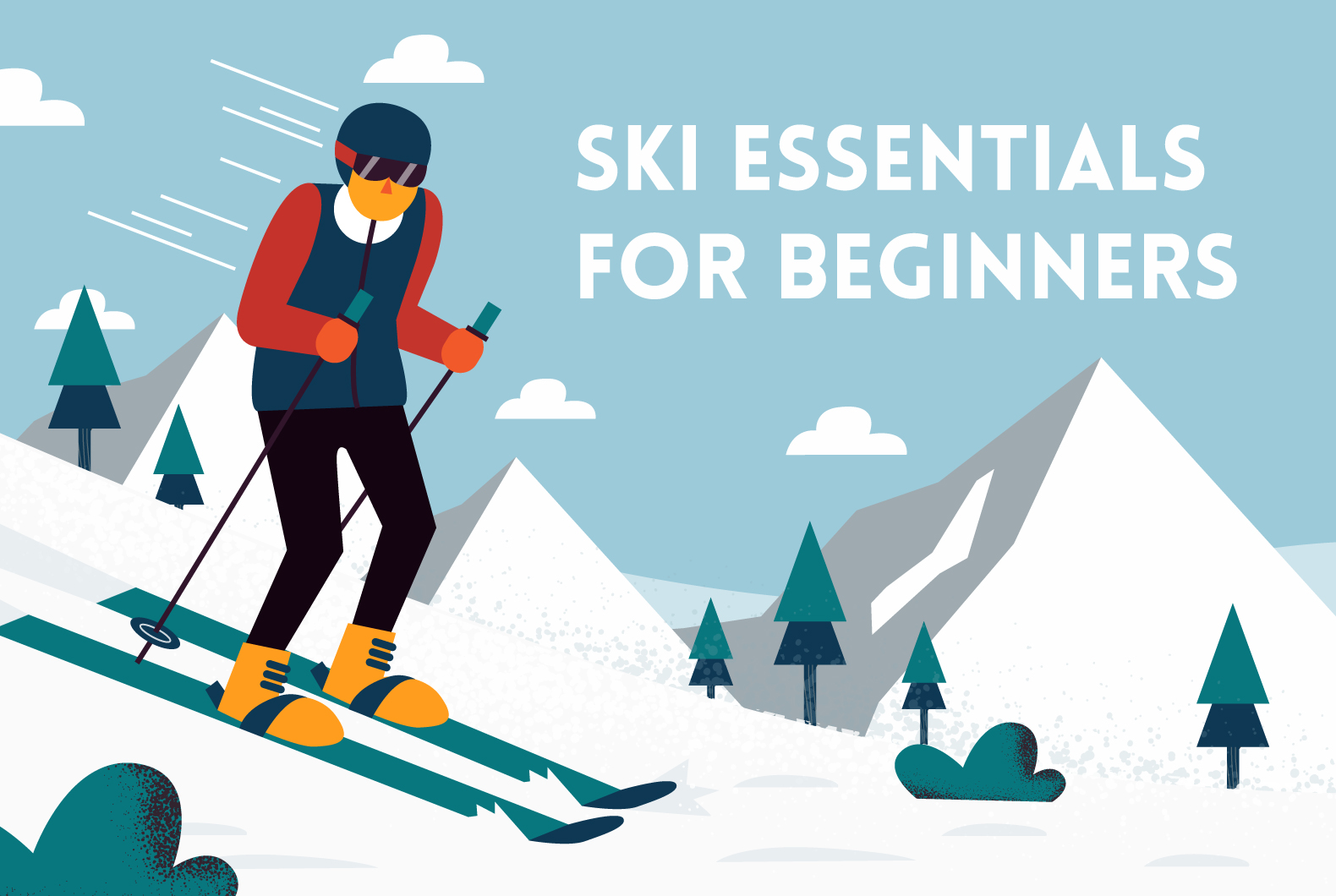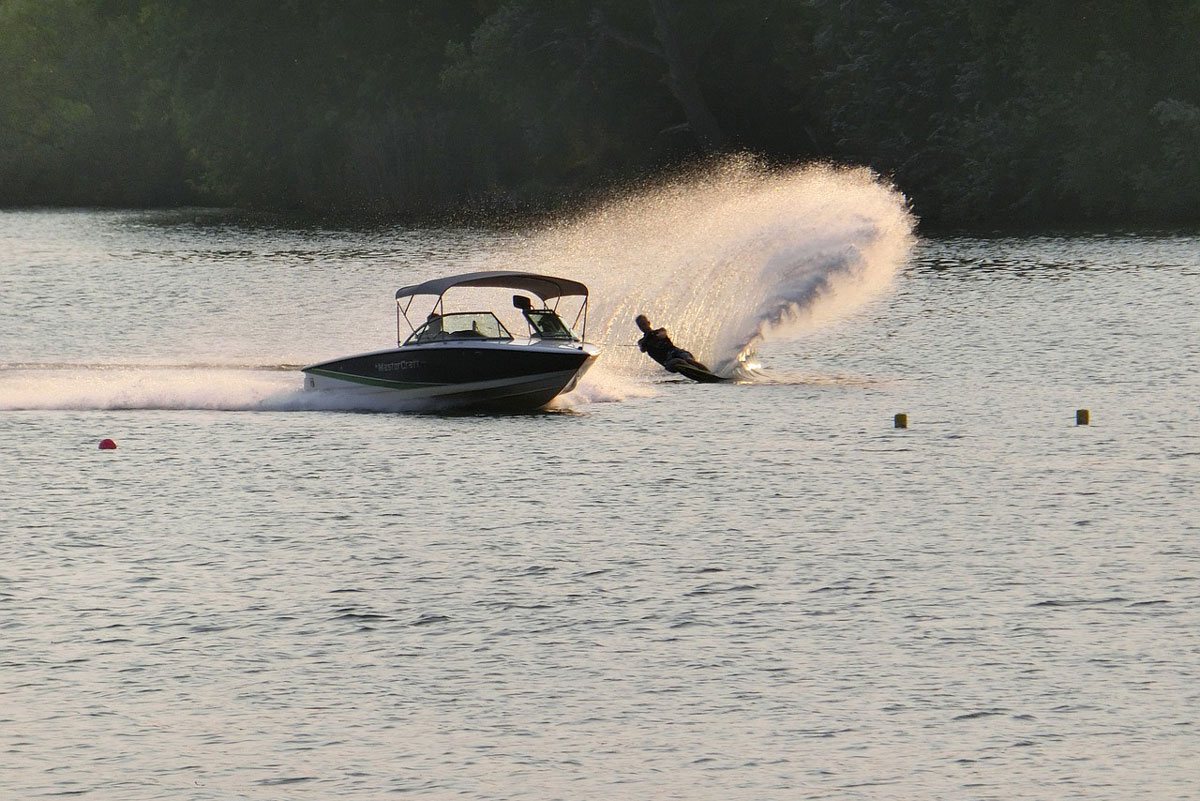Looking to spend a few nights sleeping under the stars but don’t know where to start? There’s no need to be intimidated; camping can be simple, inexpensive and loads of fun. With a little planning and the right gear, you can enjoy the great outdoors with minimal stress.
Below you’ll find a guide for first-time or beginner campers, with everything you need to know to plan your trip. From how to choose the right campsite to what gear you need to pack, we take you through it step by step, so you get off to a good start.
Why Go Camping
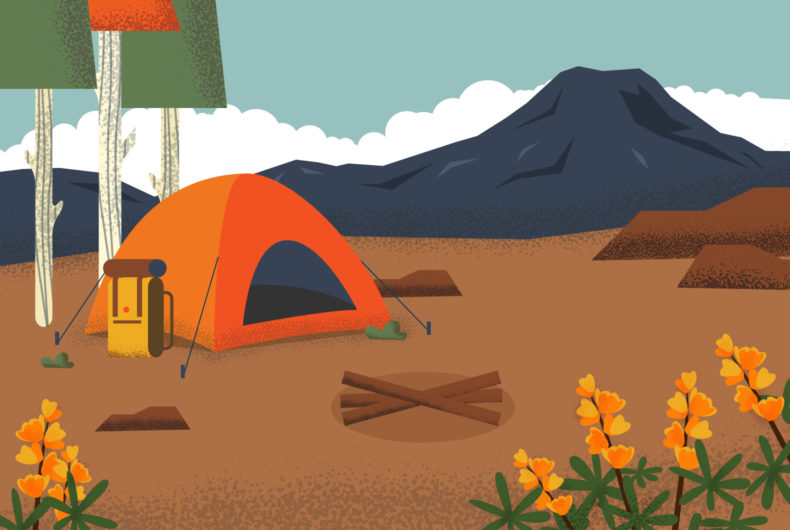
Not convinced camping is for you? While most people like the idea of going somewhere scenic, not everyone is sold on trading in a warm, comfy bed for a tent and a sleeping bag.
You may be leaving some home comforts behind, but that doesn’t necessarily mean that you will end up bored, cold, and uncomfortable. Actually, packing the right gear will go a long way in ensuring you stay warm and snug, but more on that later.
There’s a reason people go off camping to relax and recharge. Studies have shown that natural environments can help restore mental energy, reduce stress, and improve your mood. Camping also gives you a chance to unplug and reconnect with nature, and since too much screen time can lead to poor sleep and feelings of anxiety, that can only be a good thing.
So, unplug, leave the stressors of daily life behind, and enjoy the benefits the great outdoors provides.
First, A Few Camping Do’s And Dont’s
Before you start planning your trip, it’s good to get a few things out of the way. We look at some do’s and don’ts you’ll want to follow to make the most of your experience.
- Don’t try and be too ambitious. It’s best to start small, such as a long weekend. That way, you’ll get a feeling for the camping experience and learn what you enjoy about it so that you can make a longer trip more fun.
- Do give yourself enough time to set up camp at a relaxed pace. It’s no fun having to do everything at night when you might be cranky, tired, and hungry from travel, plus it’s harder to see in the dark. The best thing to do is to set off nice and early, having packed everything the day before.
- Don’t plan on being connected to the world. A lot of campgrounds will have cell service, and some higher-end ones will also have WiFi, but a lot of them don’t. Besides, as we said before, sometimes it’s good to unplug. Bring along board games and playing cards to pass the time in the company of your fellow campers or something to read if you’re camping solo.
- Do bring along food you like and enjoy. There’s no need to survive on instant noodles and granola. A rule of thumb is if it keeps in your fridge, it will fit in your cooler, so be creative and bring along food you’ll look forward to tucking into.
- Don’t bring too much food. It’s likely that any uncooked or leftover food will not survive the trip back home, so plan your meals and only bring along what you know you’ll eat.
- Do take advantage of nearby natural resources, activities and historic sites. Depending on your camping area, there could be a lot of activities you can do during the day, so do your research beforehand and make sure you bring the appropriate gear along. However, don’t feel pressured if all you want to do is lounge and relax in your campsite; just enjoy breathing in the fresh air and take in your beautiful surroundings.
What You’ll Need
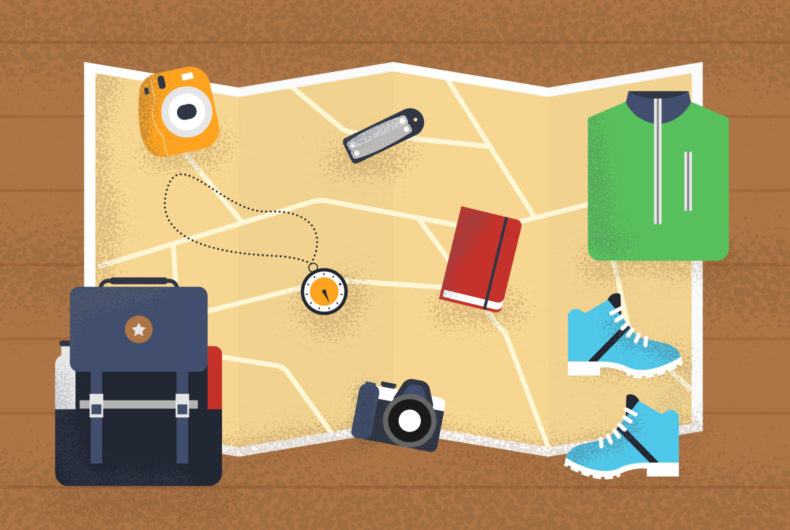
Although camping is relatively inexpensive, you will face some upfront costs when first starting out. You will require a few essentials on your trip, such as a sleeping bag and tent, so take these costs into account.
When getting your gear, there are essentially two ways to go about it. One way is buying cheap items that will perform well on one trip, so long as the weather’s good. The other, more recommended way, is to spend a little more money on quality items that will last for many trips. Not only are these items more durable, but it also means you’ll be comfortable during severe weather, including storms or extreme cold.
We guide you through some of the essential items you will need for just about any camping trip. However, if you are planning on taking a long hike, doing extreme camping or participating in any other activities, you will likely need to pack additional items or look for more specialized kit. It’s a good idea to start off with the basics, and then add to or develop your pack as you become more familiar with things.
No matter what you’re getting, it’s always a good idea to shop around and compare prices, even if you’re buying online. Camping gear, like clothes, is subject to fashion, so you can encounter some great finds in last season’s color or patterns which have a significant discount.
Sleeping bag
One of the most versatile bags you will find is one rated 20 degrees Fahrenheit (-6.5 degrees Celsius). The temperature ratings on sleeping bags can be somewhat deceptive, as they will give you an absolute minimum viable temperature. A good rule of thumb is adding 10 degrees Fahrenheit (3 degrees Celsius) to get the actual comfortable minimum temperature.
In actuality, a 20-degree (-6.5 degrees Celsius) bag will do well in about freezing temperatures but is also very comfortable during the mountain nights where temperatures reach around 40 degrees (5 degrees Celsius).
You can find sleeping bags in two materials: down and synthetic. A down bag will be smaller and lighter, as well as warmer, but they are usually more expensive and stop insulating if they get wet. Synthetic bags are generally heavier and bulkier, but they are more affordable and will stay warm even if they get soaked.
Tent
The number of people that a tent capacity lists is an extreme. A two-person tent might fit two people, but it’s quite a snug fit, and you’re going to end up in each other’s space. For the best comfort level, always add a person to the number of people that will be sleeping in a tent. For example, if the tent will be sleeping two people, then go for a three-person tent.
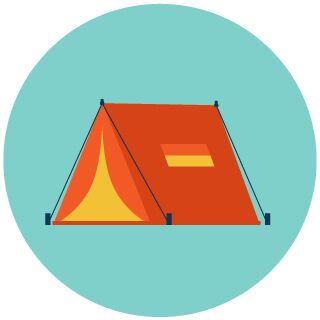
If you are camping with friends and prefer having your own space, you might want to consider a one-person tent. That way, you won’t have to worry about trying to get comfortable and can enjoy a good night’s sleep.
When it comes to style, opt for a dome one with flexible poles, rather than an A-frame tent. Dome tents are more popular as they provide more headroom, offer excellent stability, and are usually free standing, so can be easily moved around.
Some tents have “footprints” which protect your tent floor from getting tears or cuts from things on the ground, while also keeping the interior dry during heavy rains or storms. Footprints, while useful, can mean the tent is more expensive, and you can always cut out a piece of plastic sheet and use that instead. It will be cheaper and last you a few trips.
Sleeping pads
People often forget about sleeping pads, but they are essential if you want to ensure a good night’s sleep. Not only will they provide additional cushioning, so you have a soft surface to sleep on, but they will also help insulate your body from the cold ground, meaning you’ll stay warm throughout the night.
How well the sleeping pad insulates you will depend on the R-value; the higher it is, the warmer it will be. Sleeping pads with an R-value of 2-4 will do for most 3-season camping conditions. If you expect the temperature to drop to around or below freezing, then aim for a value of 4-6.
When buying a sleeping pad, don’t forget to take weight into consideration. This item is one of the heaviest pieces in your pack and you don’t want to make your backpack heavier than it needs to be.
Headlamp
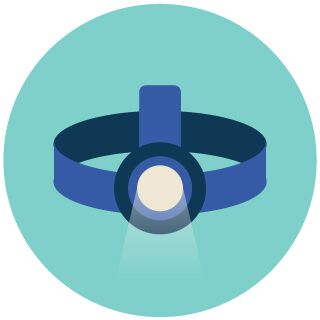 Camping means you’ll be far away from the city lights, so it will be darker than you expect and a headlamp will come in handy for walking around the campsite, cooking, or any other night-time activity. There’s no need to purchase something fancy, a basic LED light will work as well as anything else.
Camping means you’ll be far away from the city lights, so it will be darker than you expect and a headlamp will come in handy for walking around the campsite, cooking, or any other night-time activity. There’s no need to purchase something fancy, a basic LED light will work as well as anything else.
A headlamp is preferable to a flashlight, as it means you have your hands free to carry other things or allow you to do activities that may require two hands. Plus, they tend to be quite lightweight compared to a flashlight, and the less weight you can add to your pack, the better.
Lantern
We really mean it when we say that you’ll be surrounded by darkness. Don’t rely on your campfire to provide you with enough light to eat dinner or illuminate the campsite. We recommend an LED lantern, which is bright, cheap, and easy to use. As a tip, pack along some rope so you can hang your lantern from a tree and illuminate your whole campsite without worrying about it getting knocked over.
First Aid Kit
 Walking around in the dark, starting campfires, hiking, and generally being outside means that you or one of your camping buddies are more likely to get cuts, scrapes, blisters, minor burns, etc. That’s why a first aid kit is a must on any camping trip.
Walking around in the dark, starting campfires, hiking, and generally being outside means that you or one of your camping buddies are more likely to get cuts, scrapes, blisters, minor burns, etc. That’s why a first aid kit is a must on any camping trip.
Don’t worry, there’s no need to purchase an expensive kit; you can make your own with things you have at home and purchase any extras as necessary. That way, it will be tailored to your specific needs, meaning you don’t have to worry about carrying excess weight.
Sunscreen
No matter what time of year or where you’ll be camping, always pack along SPF50 sunscreen. You might not think you’re getting a lot of sun, but just by being outside in the mountains, you’ll be receiving more sunlight than expected, so ward off any sunburn with a good sunscreen.
If this is your first camping trip, you may worry about investing a large amount of money on items you might never use again. If you’re unsure as to whether or not you will enjoy camping enough to do it again, it may be a good idea to borrow or rent some of the equipment. That way, you can decide if it’s worth splashing the cash on quality, durable gear in the long run.
Where To Camp
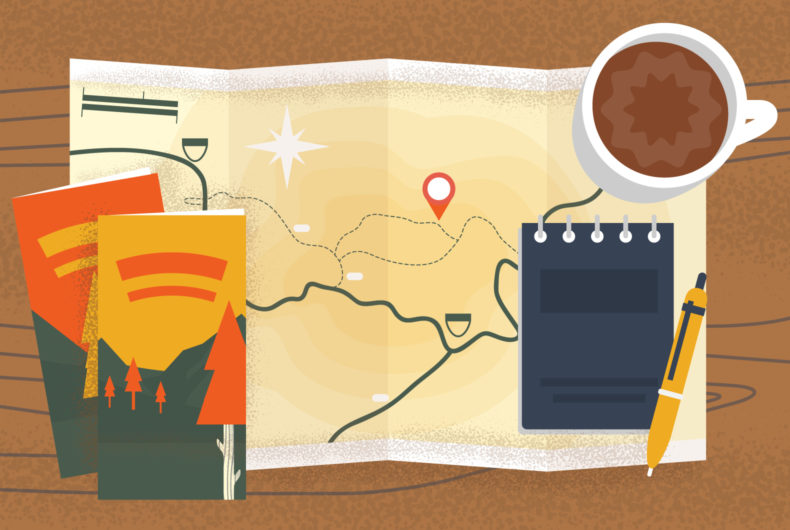
Luckily, there are loads of places to camp. The easiest way to have a great first camping trip is to take off to your nearest National Park, but be aware that you’ll need to purchase a camping permit beforehand. You can buy these on the park’s website, which will also give you some details about the camping site.
To find out more about your nearest national parks, try downloading the REI Co-op Guide to the National Parks app. The app is loaded with useful descriptions, trail maps, favorite hikes, family tips, and much more. It’s an easy way to find out more about the park and even includes offline maps, so there’s no need to worry about lack of signal once you’re out there.
The campsites found here are ideal for beginner campers, as they already contain basic amenities such as clean water sources, toilets, showers and cooking grilles. Therefore, all you need to bring along is your basic camping gear and food. To find out more about your preferred campsite, try Yelp, as this will let you know if there’s anything you should look out for (such as excessive bugs or disgusting toilets).
What to Wear
You’ll be spending a lot of time outdoors, which means you’ll be exposed more significantly to all types of weather. The way you experience temperatures is different than if you were to, say, take your dog for a quick walk around the block since you’re exposed to the elements for far longer. That means that 45 degrees Fahrenheit (7 degrees Celsius) will feel much colder than usual, so you will need to wrap up accordingly.
To prepare and pack the right clothing, check the weather reports. The best thing to do to ensure you stay comfortable is to pack warmer clothes than you think you’ll need. Take items such as a warm sweater, windproof jacket, long johns and a wool hat. It’s a good idea to pack these even during summer.
When it comes to footwear, don’t break any new shoes on this trip. They should be comfortable, so do this in advance. Extra socks are always a good idea, as the socks you’re wearing might get wet. Your clothes should be able to take a beating and expect anything you bring along to get dirty and smoky.
You might be tempted to purchase a lot of the available specialty outdoor gear, but there’s no need to do so if you’re just going out camping. You most likely already have clothes in your closet that will do the job just fine.
What to Eat
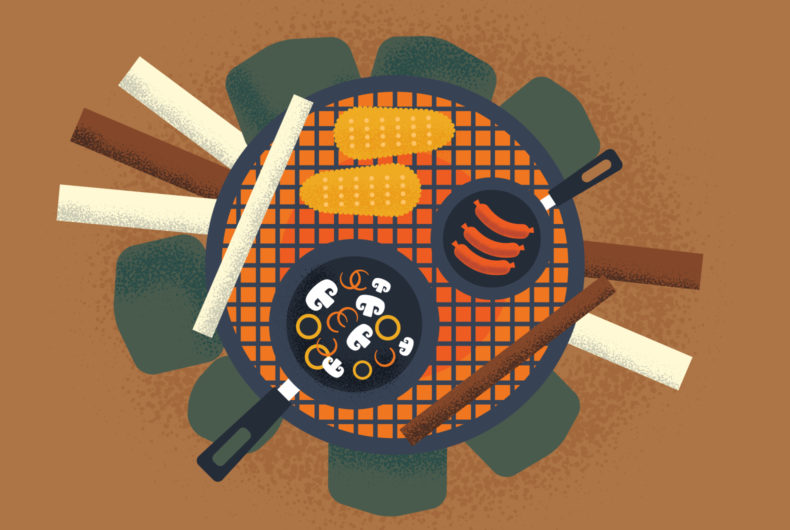
The best way to pack food for your camping trip is to think of it as a two-day long barbecue. Any food you take should be easy to prepare over a propane stove or campfire.
Consider bringing along a kettle to boil water for coffee or tea, and a frying pan. Some good fire-friendly foods are canned beans, steaks, and sausages. To avoid any extra work and over packing, lunch can be sandwiches that you’ve prepared ahead of time, and breakfast can be packets of instant oatmeal.
Before tucking in, make sure that all food and containers have been cleaned and packed away to help keep pests away. If your campsite is in an area that is known to have bears, there are extra precautions that need to be taken, so make sure always to follow instructions.
Once You Get There
As we mentioned in our dos and don’ts, give yourself loads of time to set up camp. That’s why we recommend you get there no later than mid-afternoon, and the first thing you do should be to set up camp.
You should pitch your tents, but don’t roll out your sleeping bag or sleeping pads before going to bed, as this will keep any animals or bugs out, and it will keep them dry. Tents tend to attract a lot of animals, so make sure it is always zipped up, so the zippers are at the top. Food should always be stored inside the tent, as leaving it out can attract more wildlife.
If you’ve never set up a tent before, you should practice and do a dry run beforehand. New tents can be a bit confusing, so read the instructions and practice setting up the tent in your living room, garage or yard.
Once you’ve reached your destination and have set up camp, take this time to relax, hang out and watch an amazing sunset. You’ve set up everything, so all you need to do now is enjoy your time.
Happy camping!

